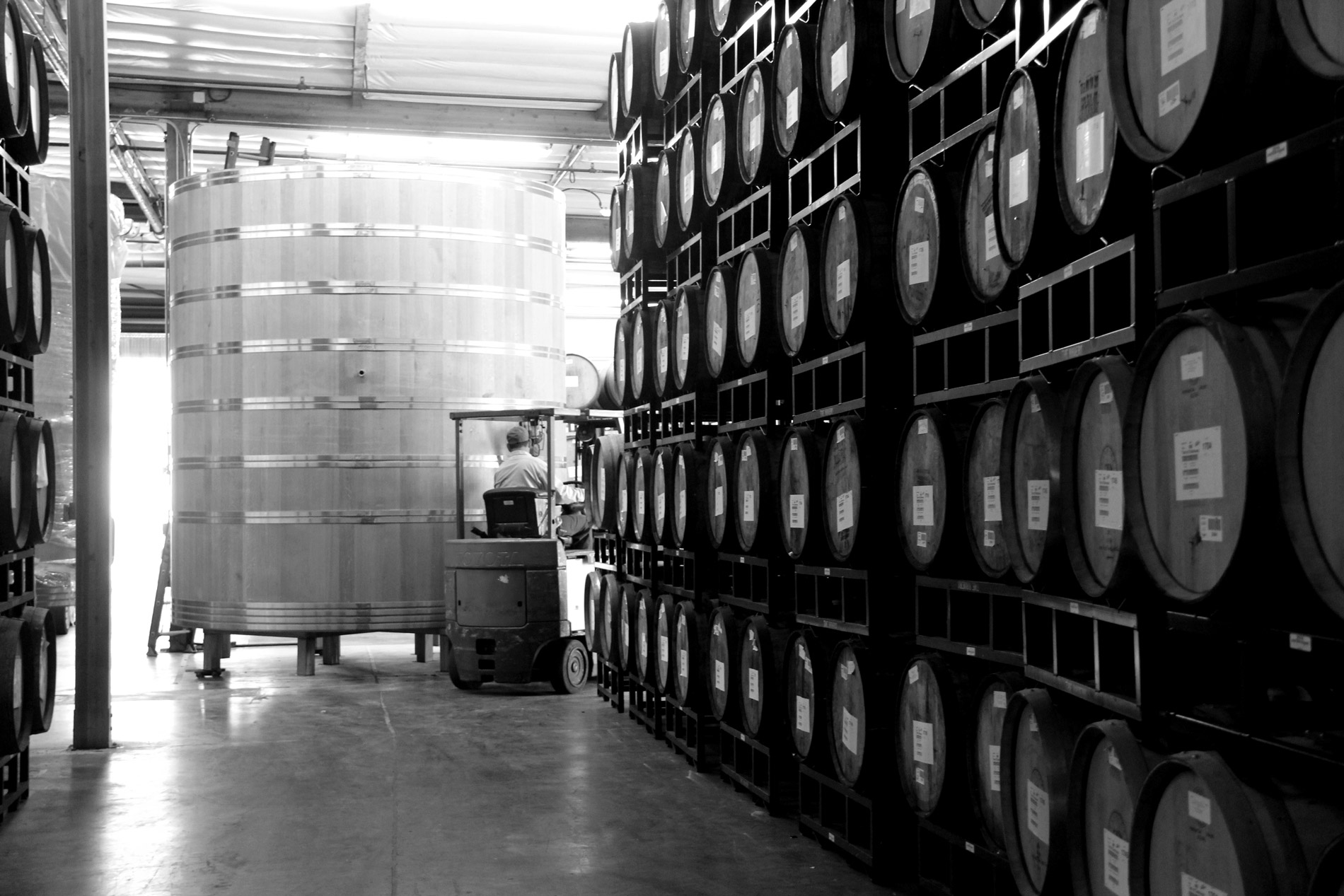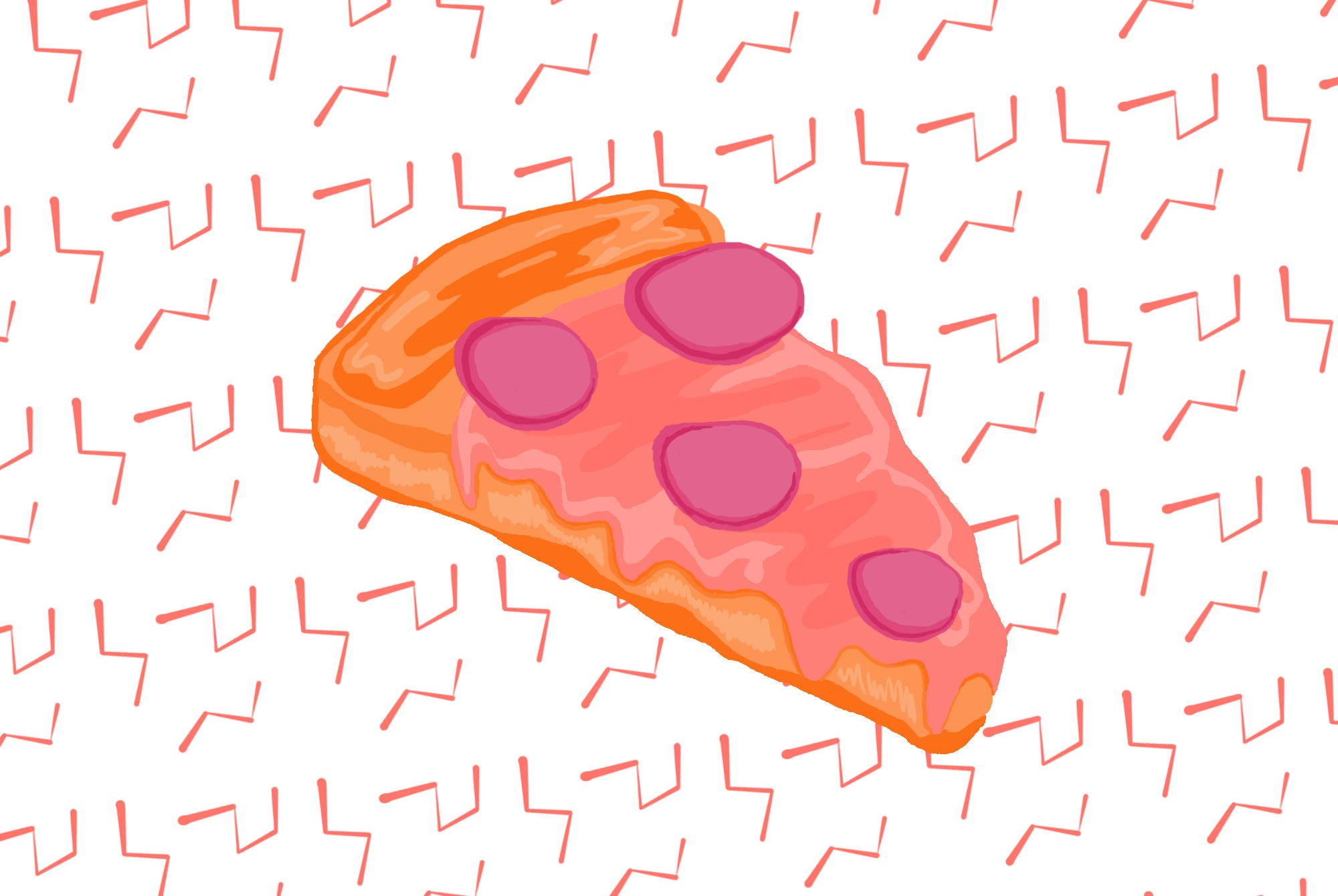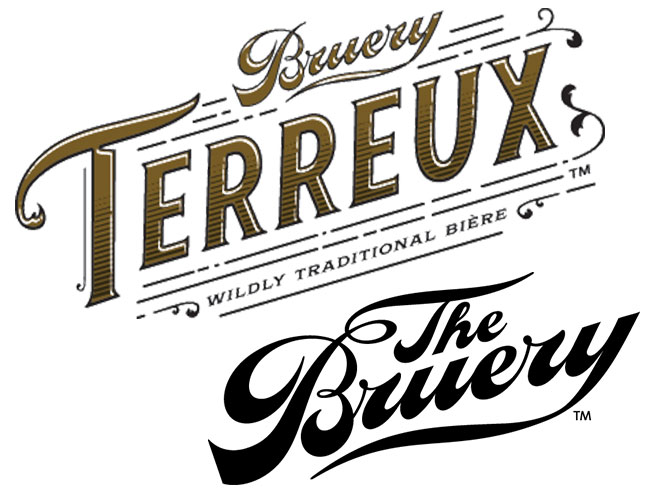This piece was first published by our friends at The Hop Review as part of their fantastic interview series.
Many times, the story of today’s craft brewer/brewery owner follows a similar recipe: begin as a curious homebrewer, set the hobby aside for a few years, then re-approach down the line with full dedication likely to concoct some hop-forward ales of some sort or another.
For Southern California’s Patrick Rue, of family-name-inspired The Bruery, the story includes a few atypical turns. Rue fell into brewing when his wife bought him a homebrew kit, after failing the California bar exam. What ensued was an intense passion to experiment with beer styles that were, at the time (2008), largely left for traditional Belgian brewers.
Fast forward a few years and The Bruery has crafted some of beer’s most unique concoctions, launched a successful sister project in Bruery Terreaux, and inspired dozens of other experimental brewers on their way to becoming one of the country’s most respected producers–and one of just 11 Master Cicerones® in the world. All of this, however, has not come without a few missteps. Some might call them ‘failures’, but ask Patrick Rue and he may tell you that without these failed attempts, passion would not exist. We caught up with Patrick to discuss misfortunes, wild ales, barrel-aging and 750’s, and ‘the beer from hell.’
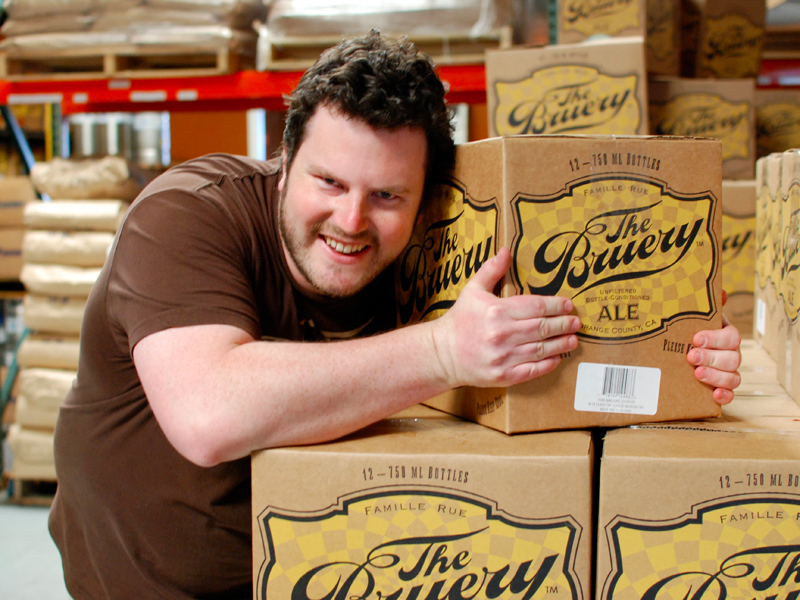
Opened in 2008, your brewery began in similar fashion to a lot of brewers–as an obsessive homebrewer. However, your story is a little different. You first finished law school, chose to forgo the California bar exam, and then open The Bruery. What was the final push to make that leap?
I actually took the bar exam, but I–thankfully–did not pass. I went into law school not knowing what I was going to do with my life. Instead of going into a career that I may not enjoy, I thought law school would give me three years to figure it out, and if I don’t find anything, I can be a dispassionate lawyer (which is pretty typical). I discovered homebrewing after my wife, Rachel, insisted I get a hobby in law school. I quickly found I was much better at learning about the world of beer than I was in learning about law, and I developed a strong passion for beer. Once I graduated, I needed to discover what I’d be doing next. I asked various breweries whether they’d need someone fresh out of law school to handle their legal matters, to which the response was a resounding “no” — or maybe it was “hell no!” Then I looked into working at a brewery in production, which usually starts with cleaning kegs. I found that the hourly wage would cover my law school loan monthly payments, but not much more, so that wasn’t an option. Starting a brewery was the ultimate dream, so I had to get over my inexperience and intimidation, and make it happen.
Law school is a good place to learn how to fail… If you don’t have an end goal, and don’t have passion that will get you through the hard times, good luck being anything but average.
What is the one thing that law school taught you that you are thankful for, in running a brewery?
Law school is a good place to learn how to fail. Up until then, I didn’t have to try very hard to get through school. My law school graded on a curve, so it was guaranteed that there would be people who would fail, and some that would do so despite their best efforts. A sizable amount of my classmates were fiercely competing with each other to be in the top 10% so they could keep their scholarships. Many had already had their first careers, they chose law because that’s what they wanted to do. Some were passionate about becoming an attorney. I put in quite a bit of effort to be a slightly below average law student. It showed me how important goals and passion are. If you don’t have an end goal, and don’t have passion that will get you through the hard times, good luck being anything but average.
It’s safe to assume you’ve had some tough days in business, since 2008. Have you ever thought, “Shit, what if this doesn’t work out?”
There are lots of times where we have an idea for a beer and find ourselves wondering if it will work out, but the best example might be the first brew of Black Tuesday, which we dubbed ‘the beer from hell.’ That sentiment was certainly running through our heads that day. The great thing about being an experimental brewery is that we’re constantly learning what works and what doesn’t, and many of our customers enjoy going through that journey with us. The end result may be delicious or just something completely different than we’ve ever tasted before. Either way, it’s a memorable experience. Of course, the other side of being experimental is sometimes things don’t work out and a beer may never see the light of day. We’ve learned to embrace experiments that don’t quite go so well, and figure out how to achieve the desired result next time.
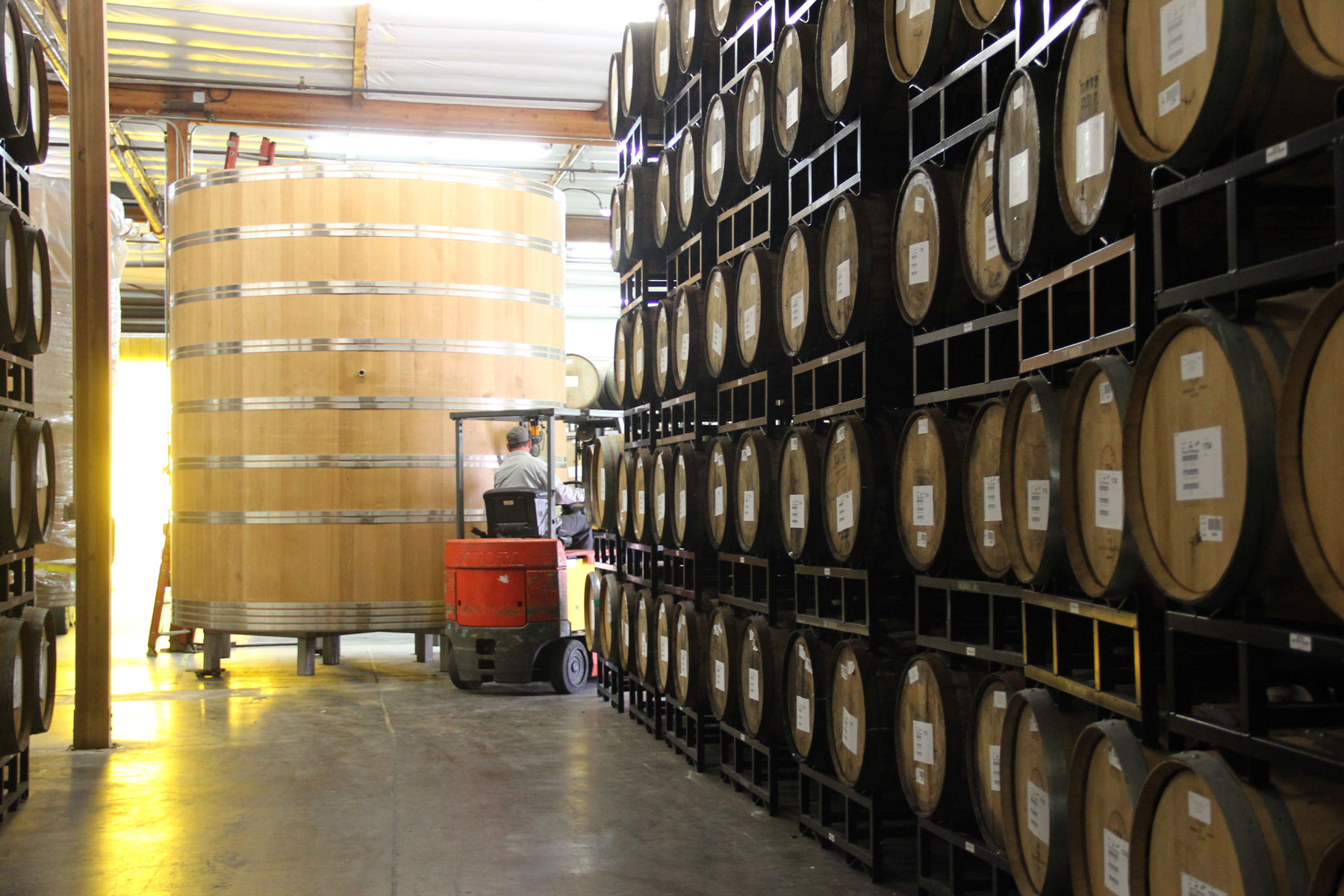
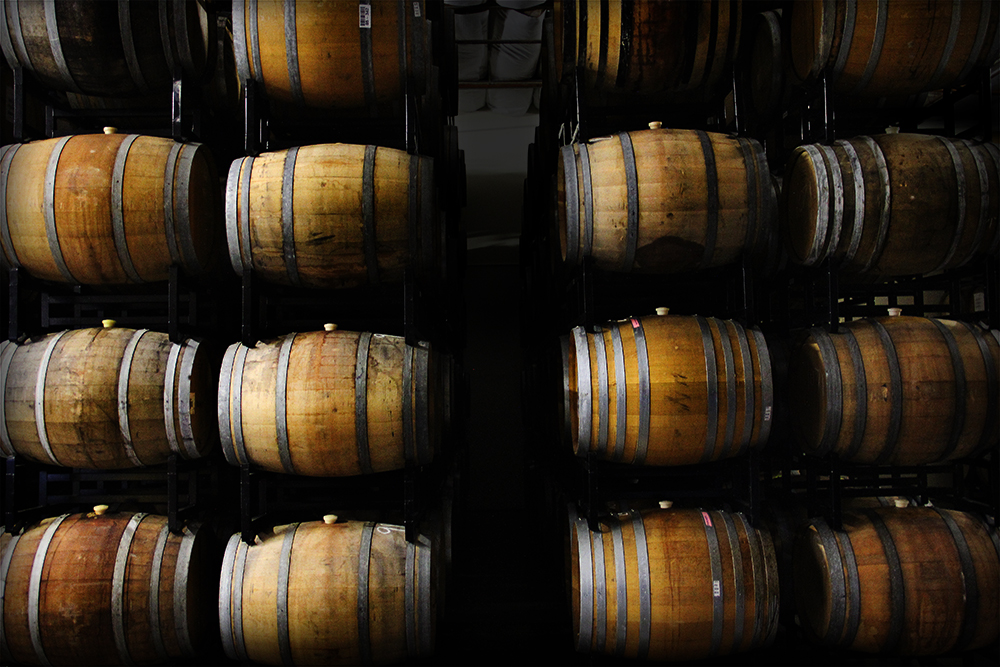
You speak a lot of the flexibility that Belgian beer styles provide, in experimenting. Was it always your intent to be a “Belgian-inspired brewery”?
Early on our focus was primarily Belgian-styles. I love the complexity and subtlety of Belgian-style beers. As time has gone along, we still embrace the creative brewing culture of Belgium while not restricting ourselves to only Belgian styles.
You began a brewery in a market where hops are king. Do you feel that focusing on experimental styles put you ahead of the modern craft trends in the States?
Focusing on experimental styles allows us to discover new flavors that may become the next trendy beer, and it also allows us to make beers that may not have seen the light of day otherwise. Overall, our focus helps us be an innovative force in craft beer. Our relatively small production and engaged customers allow us to constantly innovate, not just keep producing the same old beers that have been successful in the past.
Are there any mentors that have inspired you specifically?
Yes, absolutely! Tomme Arthur — of The Lost Abbey/Port Brewing –- demonstrated that there is a market for very unique specialty beer in Southern California and beyond, and introduced the concept of allocations through a beer club. I love the creative, food-inspired beers of Funky Buddha and Short’s Brewing. Greg Koch and Steve Wagner from Stone are great mentors on running a successful business and staying relevant in a competitive marketplace. Sierra Nevada has been influential in its extremely high standards and quality programs.
What’s it like brewing in Southern California? Being near Anaheim, do you feel a part of the LA beer scene?
Hot in the summer! SoCal has a plethora of incredible beer options, with many right here in Orange County. Los Angeles has many great breweries, beer bars, and restaurants and our beer has been in LA for years. We also have quite a few staff, friends, and fans living in LA. That said, we certainly feel a part of that family.
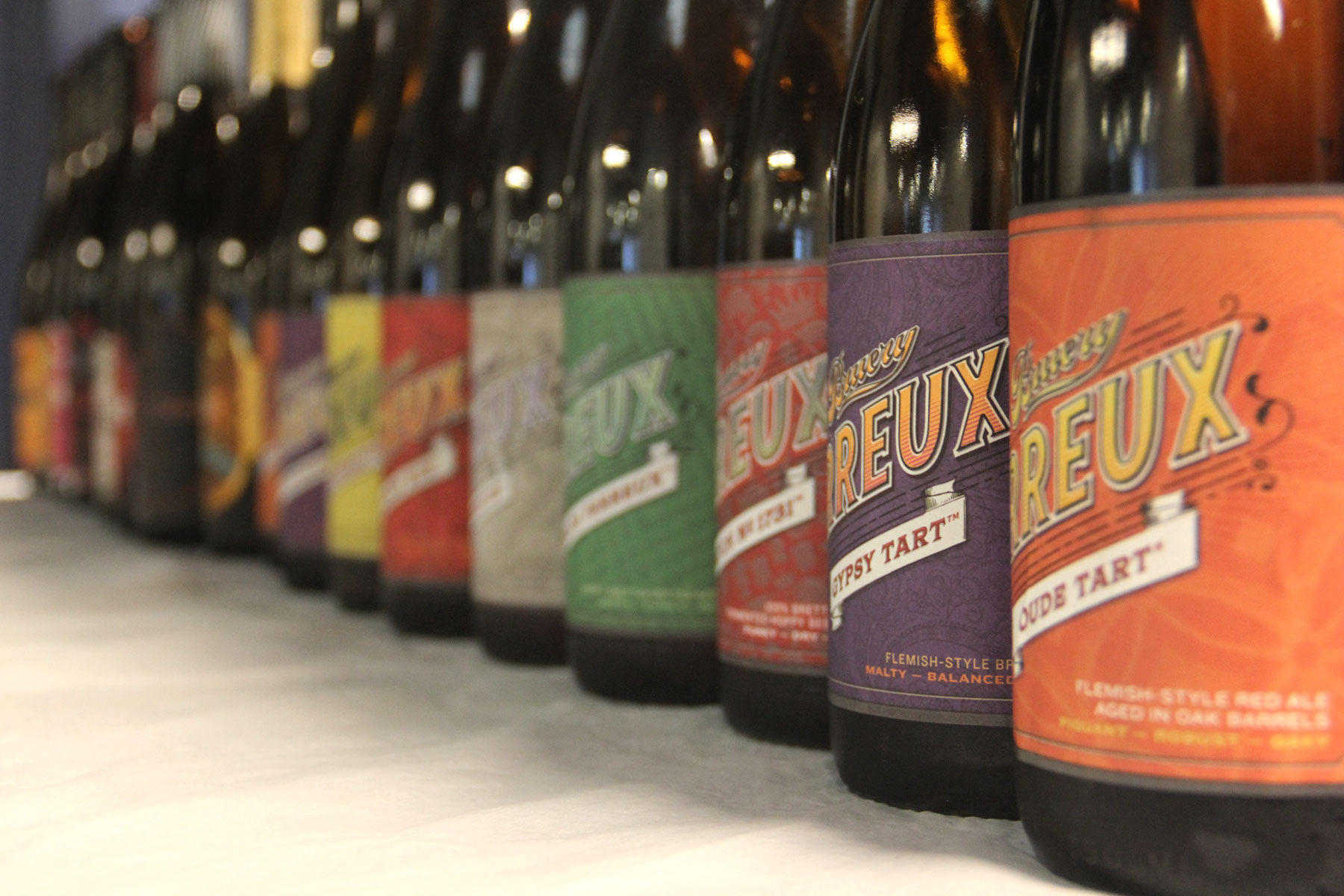
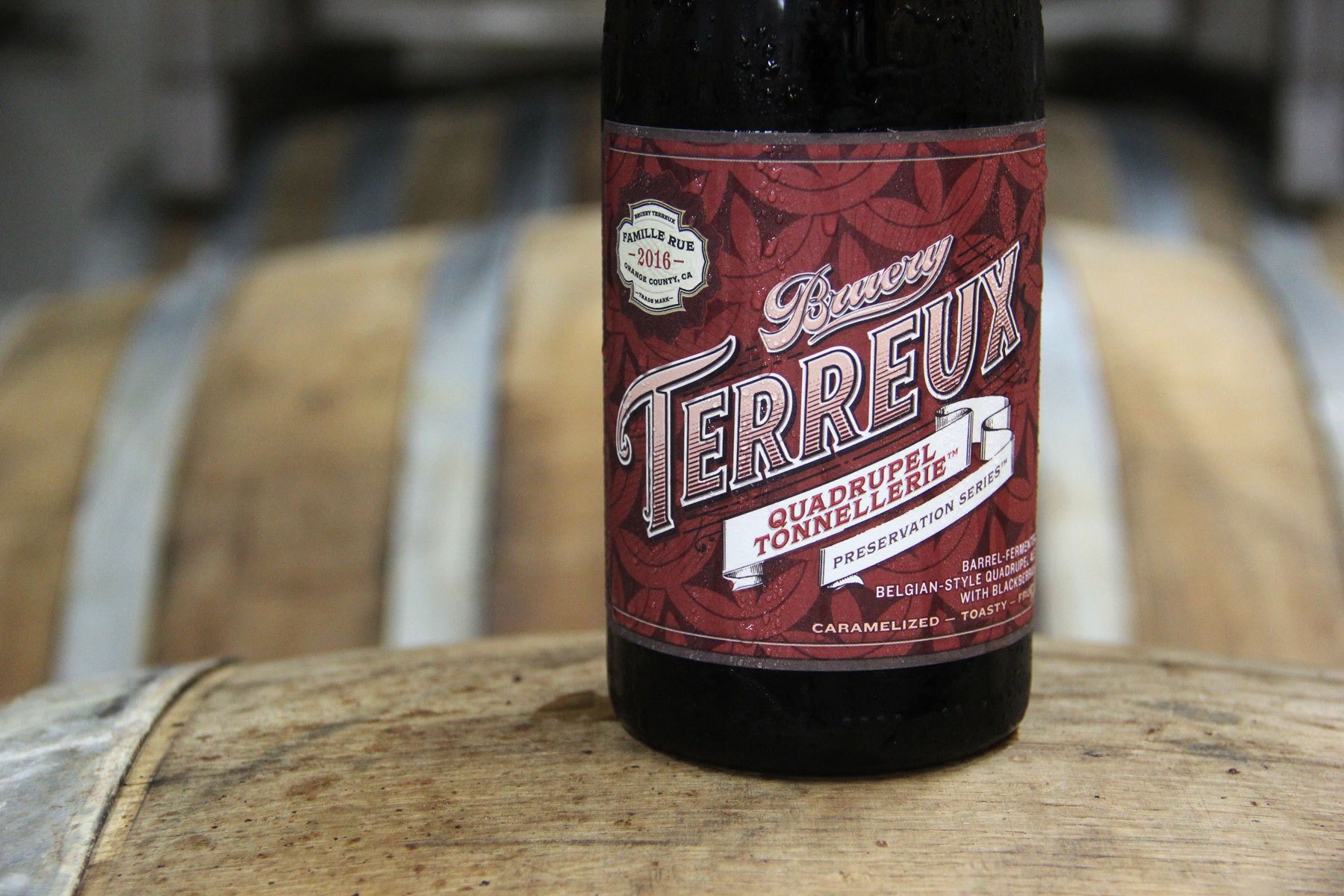
The Bruery Terreux spinoff began in 2014, to focus solely on farmhouse and oak-aged beers. We’ve read that the idea began because of “quality issues.” Now, it has its own separate space and taproom. Is this the biggest ‘happy accident’ ever?
We’ve been making sour, wild, and oak-aged beers since The Bruery began in 2008, but it wasn’t until 2014 we launched a co-brand to help fans more easily identify which beers would be sour and wild. Once that announcement was made, we began our work on our expansion, which included dedicated facilities for our sour and clean beer production. Over the next two years, the work was completed, and the final piece was our Bruery Terreux Tasting Room, which opened July 2016. Beers like Oude Tart, Sour in the Rye, Saison Rue, Rueuze and many more have been around for years under The Bruery label. With the launch of our Bruery Terreux identity, all those beers and more have moved to our Bruery Terreux label.
“Bruery Terreux” roughly translates to “Earthy Bruery.” What does the terroir of Orange County uniquely provide your beers?
The concept is more about using elements from the earth–like fresh fruit and wild yeasts–than Orange County’s terroir, which would probably be mostly comprised of freeway emissions! Our Production Manager at Bruery Terreux, Jeremy Grinkey, sources grapes from California’s central coast, we’ve worked with our friend Chris Quiroga who sourced us fresh Masumoto peaches, and we’ve built a library of barrels (currently over 1,600 of them at Bruery Terreux alone) that carry specific traits we are fond of, which might comprise our own Bruery Terreux terroir. Terroir is a big subject that we’ve talked about quite a bit with our winemaker friends, so you might like checking our blog series for more about that, too.
What opportunities will this second space, Bruery Terreux, afford you in terms of growth?
Growth is not our primary goal, though Bruery Terreux has allowed us to double our wild and sour beer production compared to when those beers were under The Bruery umbrella. Bruery Terreux is allowing us to experiment with sours, beer and wine hybrids, fruited beers and whatever else we think up next! We’ve already maxed out our barrel space in the Bruery Terreux cellar, which you can see when you sit amongst our barrels in our tasting room. One of the most noticeable changes in the facility is the addition of our two, massive, 250-BBL oak foeders, where we produce a brand new beer that we release with different fruit treatments. Frucht: Passion Fruit, Frucht: Blueberry, and several other Frucht variants have already come out of there. If we hadn’t done our expansion, we probably wouldn’t be able to make Frucht!
The Bruery brews several one-off, limited releases. Why brew so many beers just once, and not revisit them? Is it just the nature of some style’s spontaneity?
We are an experimental brewery through and through! If a particular beer is loved by a large segment of our customers, it has a good chance of coming back at some point. Brands that are polarizing — some love it, some hate it — are unlikely to be produced again, though we certainly will continue to make new beers that are polarizing. It is not easy to predict our customer’s response to a new beer, so we make things that we find delicious and interesting, and hope our customers will too. Our 3-BBL pilot system allows us to gauge our customers response before we produce too much of a certain beer, so that’s been very helpful. It’s important for us to continue evolving, rather than making the same beers that brought us success in the past.
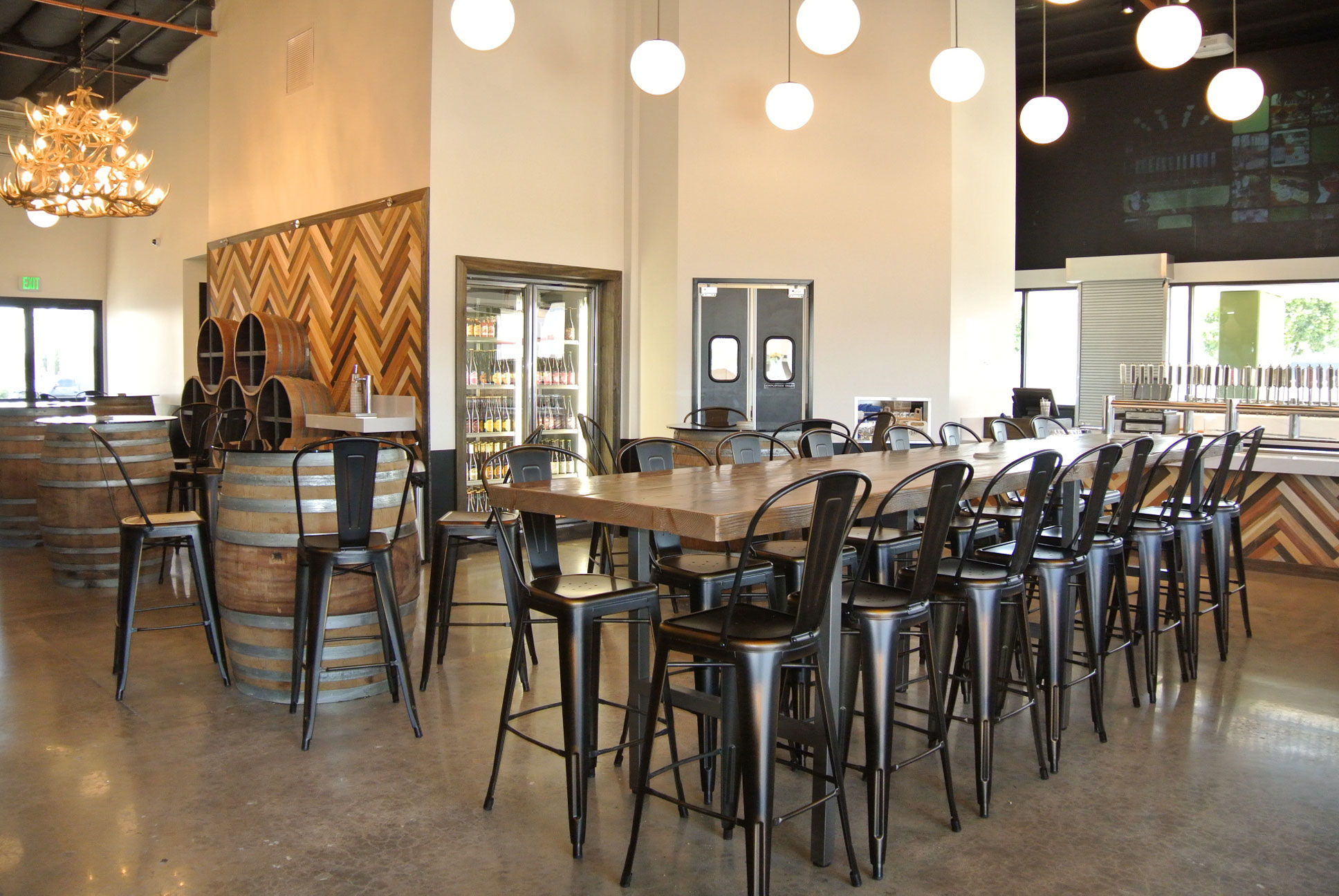
We read you take comment cards from customers for feedback on test batches released in your tasting room. What’s a good example of a customer’s feedback that’s led to a success in the marketplace?
We put a lot of effort into finding out what our customers love and don’t love, and adjusting from there. An example of listening to our customers is making Black Tuesday variants. Our customers have expressed how they love the infusion of delicious flavors into this base beer, and we’ve responded by gradually offering new variants. It’s been helpful in allowing us to continue to offer new experiences while being reasonably confident that our customers will support the new variant.
We wanted to make a clean — i.e. not sour or brettanomyces influenced–beer-wine hybrid that’s both an imperial stout and a late harvest Syrah…
You’ve used some really unique ingredients in your wild and sour releases. How do you decide which adjuncts make the cut?
Flavor is most important. Does the ingredient improve the beer, or make the experience dramatically different than the base beer alone? If so, we’re excited. Then we look at how the ingredient is to work with. Are we going to significantly reduce our yields due to adding this ingredient? That typically doesn’t dissuade us, but it’s a factor. Does the ingredient make the beer look awful, beautiful or neutral? Cost is the last thing we look at, and it has more to do with how we price the beer, and how much of the beer we make rather than whether we make it or not.
Name one beer that was so challenging–stylistically or ingredient-wise–that has made you particularly proud.
The first batch of Wineification was a daunting experience. We wanted to make a clean (i.e. not sour or brettanomyces influenced) beer-wine hybrid that’s both an imperial stout and a late harvest Syrah. We brought in a few tons of grapes into our brewery, had a very small destemmer, tanks that are not particularly well suited for putting tons of grapes in them, and put imperial stout wort on top of it all. We bought French oak barrels that cost us $1,400 each, many times more expensive than the bourbon barrels we more frequently use. There was a ton of risk—grapes are not clean, we did not have the tools to do this correctly (if there is a way of doing it correctly), and yet in the end we made a pretty amazing beer. It’s important to not consider cost or efficiency in making beers like this, otherwise there is no way they’d happen.
Nearly half of The Bruery’s beers are aged in wine or spirits barrels. That’s almost unheard of for a brewery’s lineup. Why?
Barrel-aging contributes such a wide spectrum of flavors to a beer, so why not!? A lot of time, labor, and capital goes into having a barrel program, but it’s worth it. We found in year three of business that growing our barrel program would enable us to continue creating and experimenting with flavorful, interesting, and high-quality beers.
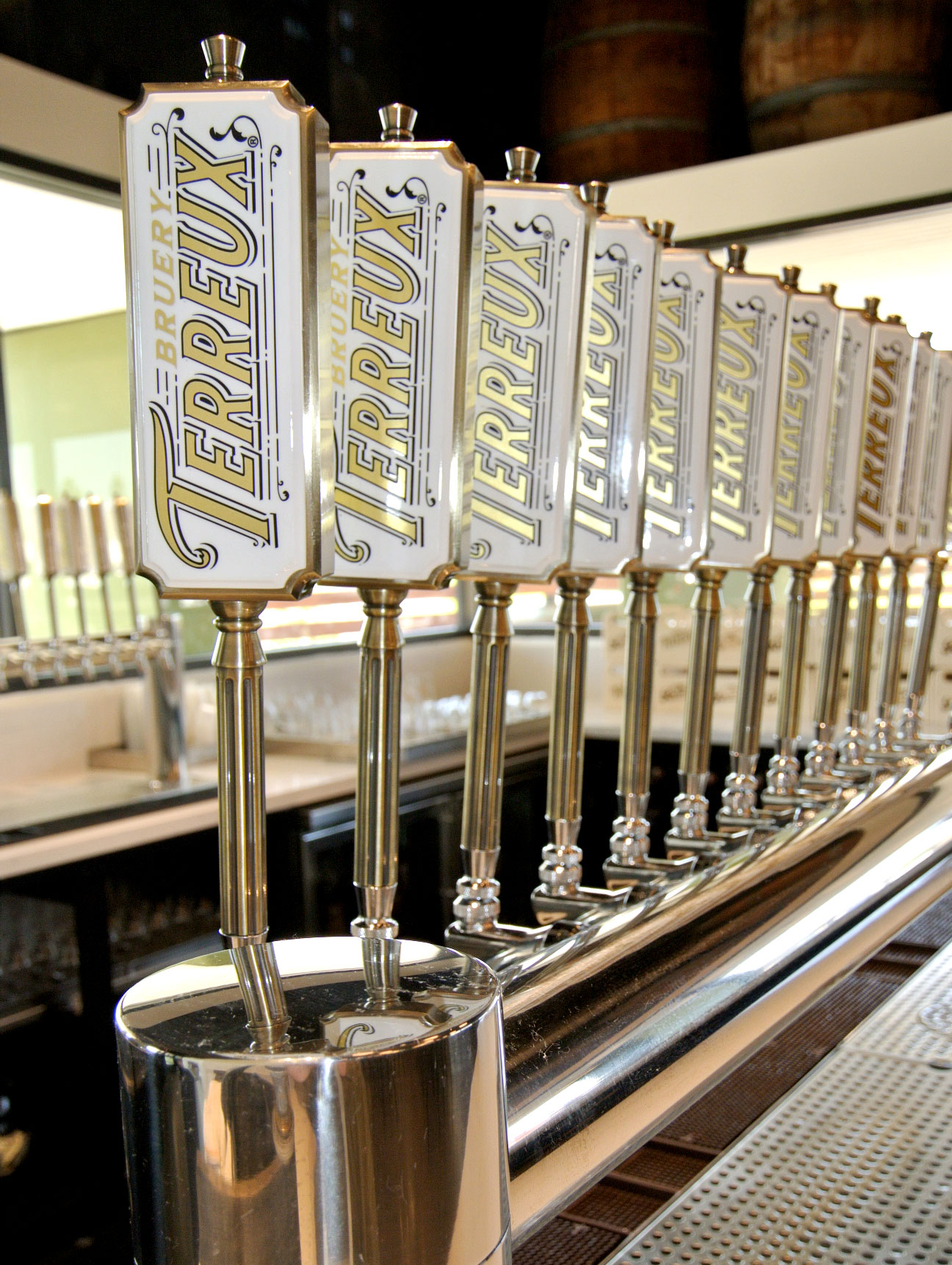
Brettanomyces is everywhere in craft these days. What’s a characteristic Brett can provide that many brewers may not recognize?
Brett is known for funky aromas and flavors such as wet horse, leather, and sometimes a bit fecal. Brett can also produce some amazing fruity esters, such as pineapple, guava, raspberry, and cherry. I think the amazing esters Brett can produce are often ignored, and instead the funk is embraced. I’m ok with that, though.
The 750 mL bottles — why the focus on such a format?
Our bottles are intended to be shared with your friends and family, so a bigger bottle makes that possible. It’s a champagne-style format that’s as suitable for presenting at a fine dining event as it is for enjoying while grilling in your friend’s backyard.
Bottle conditioning is very important to The Bruery. Describe its benefits and intent, to the novice beer drinker.
Bottle conditioning is especially important for our Bruery Terreux beers, which are packaged with a small amount of residual yeast that continues to develop the beer even after packaging. Since many of these beers contain wild yeasts and souring bacteria, the bottle conditioning time is critical to completing a beer’s flavor profile. Bottle conditioned beers can also age in interesting ways over time as the yeast and bacteria continues to change the beer.
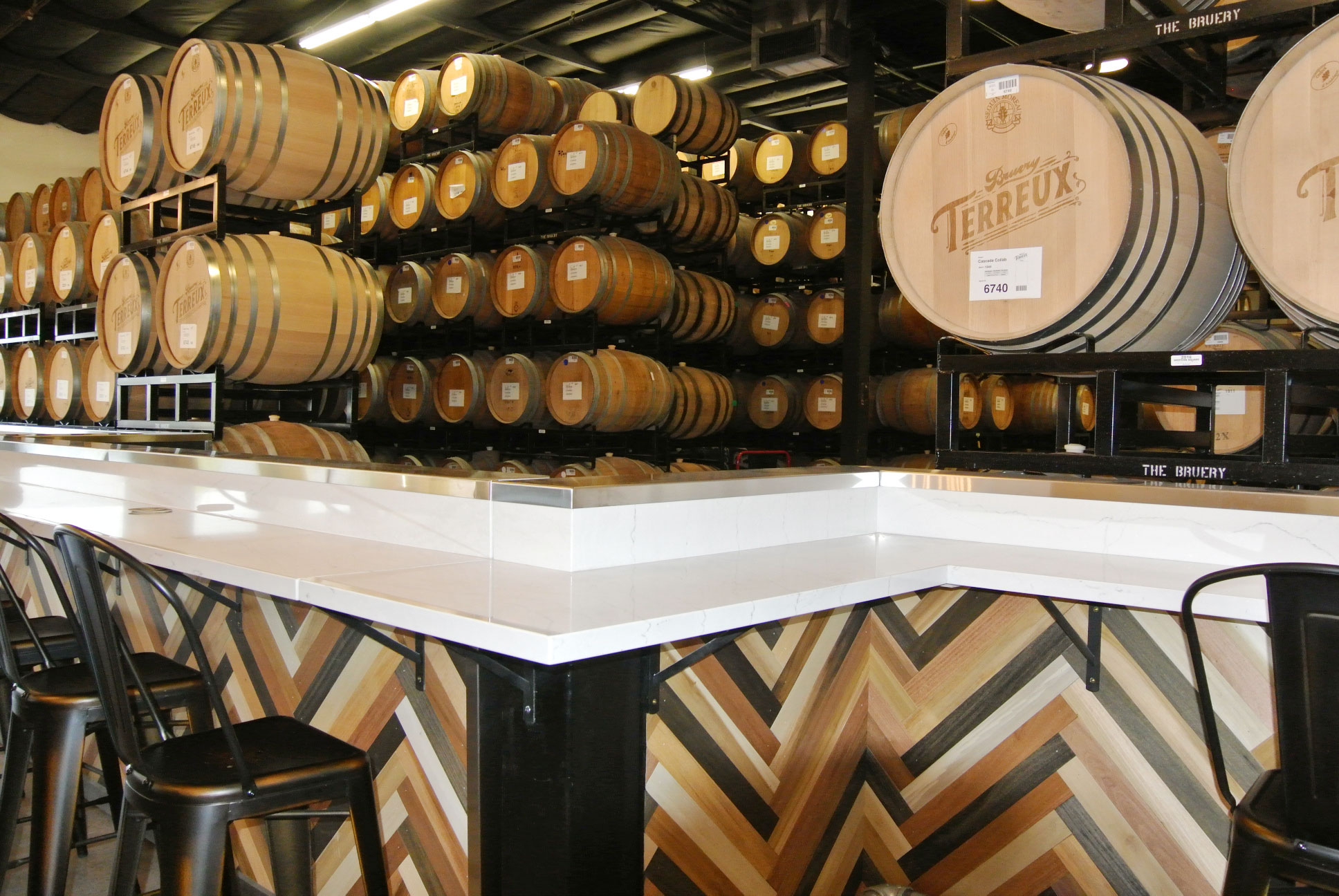
You’ve been quoted as saying you will never brew an IPA. Still true?
That’s been one of our founding tenets, as there are so many delicious ones already out there that we admire and respect greatly. We’ve walked that line pretty closely with beers like our Humulus Terreux series, but hey, it’s technically a ‘hoppy Bretted pale beer,’ as it’s not fermented with ale yeast! We also brew a lot of fun, very hoppy beers on our pilot system for the Tasting Room, though stay away from IPA territory. Honestly, they’re mostly for the benefit of employees, who are so excited when we have a new hoppy beer!
I think the amazing esters Brett can produce are often ignored, and instead the funk is embraced. I’m ok with that, though.
How does The Bruery position itself in the current environment of craft beer?
The Bruery & Bruery Terreux focus on creating the highest quality, experimental, special occasion beer. We have state of the art labs that are quite comprehensive and large for a brewery our size! Quality was the number one reason we did our recent expansion, and we continue to develop beers of the highest quality possible. Behind the brewing, we also focus on education. Many of our beers showcase unusual processes or ingredient additions, and those beers tell a story we want to share with fans and fellow brewers. We have several Certified Cicerones® on staff, and thankfully I can call myself one of 11 Master Cicerones®.
Describe The Bruery’s visual aesthetic.
Much of our early label design work was done by Randy Mosher, and several of our current labels still follow that aesthetic. Once we began Bruery Terreux, Varnish Studios established the more earthy, European-inspired look and feel. The Bruery uses lots of stainless steel and modern texture while Bruery Terreux is all about oak and earth. You can see this when you look at each of our tasting rooms–The Bruery Tasting Room is surrounded by stainless steel tanks, lined with corrugated steel, and has a few barrels placed about. Our Bruery Terreux Tasting Room is located at our sour facility, with indoor and outdoor drinking space. When you do sit inside, you’re immersed in oak barrels because you’re actually in our sour barrel cellar! The decor is rustic with a bit of a European twist in its marble countertops and decorative tap handles.
That distinctive script logotype. What is the story there?
The original logo was designed by my brother, and was slightly updated by Randy Mosher, who has done lots of design work for The Bruery. We wanted that European-inspired look aesthetic.
What’s your hope, when someone reaches for a Bruery beer for the first time?
We want you to enjoy a flavorful, unique beer experience that you’ll remember and share with your friends and family. Bonus points for converting you to craft if you’re not a craft beer advocate already!
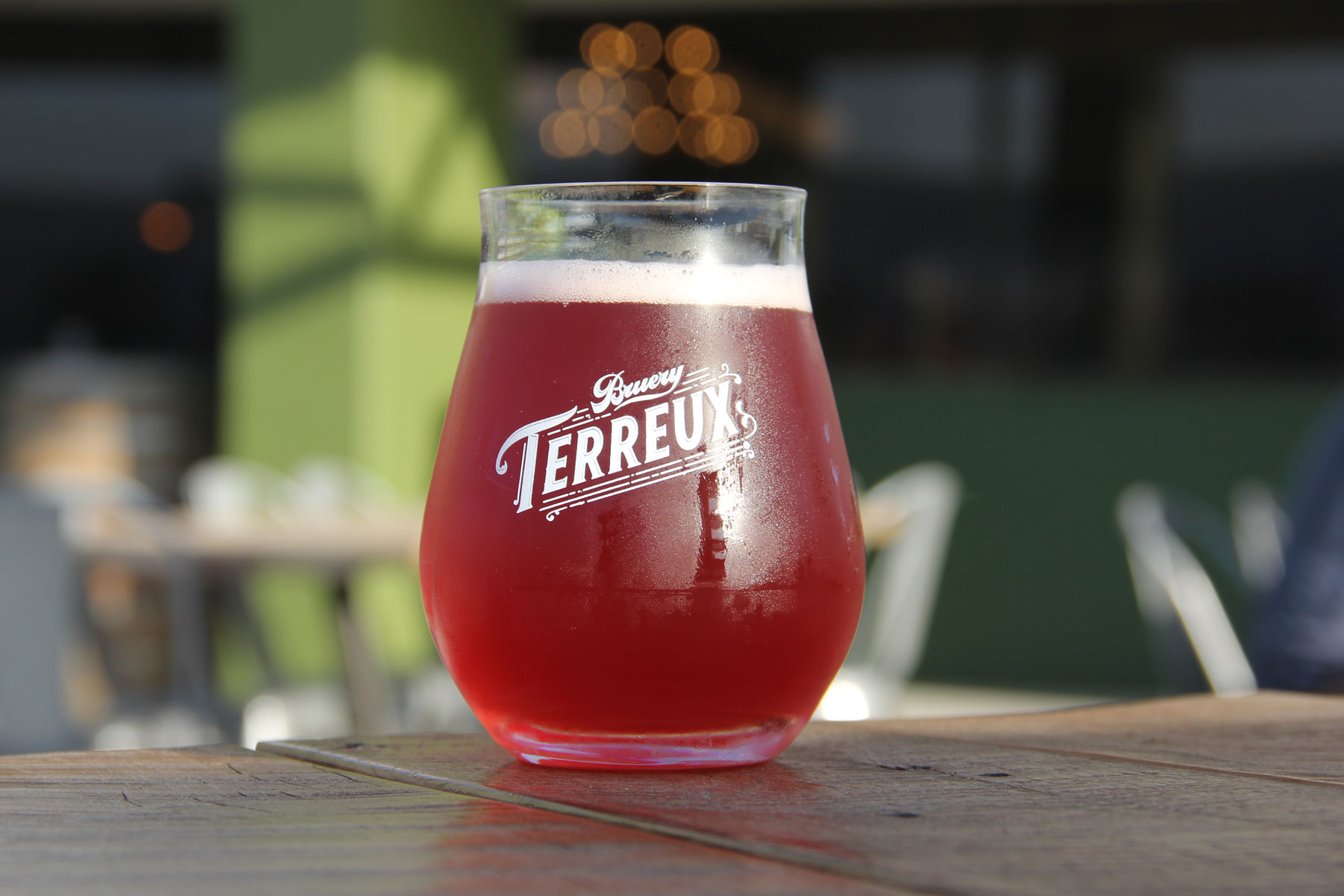
How do you find the inspiration to continue to challenge yourself as a brewer?
The inspiration comes easily, there’s so many variations and flavor combinations we have yet to try. Then when I research to see if a particular concept has been done before, it often has already been done. There’s so many innovative breweries that have formed in the last several years. While we don’t need to be the first brewery to make a beer with a certain flavor profile, that’s when I’m the most excited about a particular beer.
Lastly, what are you drinking when you’re not drinking The Bruery beers?
I love drinking fresh, hoppy beers from local breweries, such as Noble Ale Works in Anaheim and Artifex in San Clemente. And when I’m not drinking beer, I love big, complex red wines and cask strength bourbon.
Focusing on longform style content and aesthetic, The Hop Review aims to deliver the industry’s best stories — with an approachability to beer enthusiasts of all types. With Chicago as the background, the site has set out in an effort to better document the craft scene, by way of folks who know it best, via interviews, photography & travel. Since inception in 2012, THR has been fortunate to sit down with some of beer’s best brewers, shop owners, distributors and brand managers from Chicago, the U.S. and around the globe.

